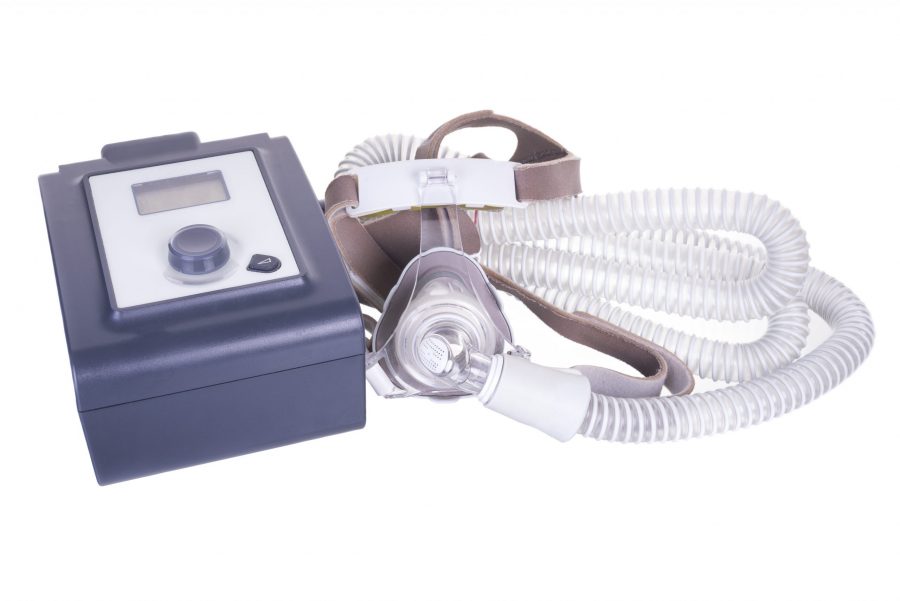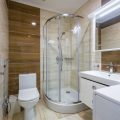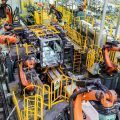Sleep apnea and chronic obstructive pulmonary disease (COPD) are two conditions often treated with continuous positive airway pressure (CPAP) machines. Although these medical issues are commonly associated with elderly patients, the reality is that the use of CPAP machines is prescribed among various age groups. In essence, a CPAP device enables an uninterrupted flow of oxygen to the airways of patients young or old as they sleep or during respiratory therapy sessions. The CPAP mechanism is pretty much the same regardless of the manufacturer, and the same can be said about CPAP machine accessories. Let’s go through these accessories and their functions:
The Base Unit
This is the heart of the CPAP machine. The base contains the motor, the sensors, the humidifier, and the actuators that adjust the pressure needed to keep the patient’s airway open as they sleep.
A common symptom of sleep apnea is the continued disruption to a person’s sleep cycle throughout the night when they stop breathing due to an obstructed airway. You might not even be aware that you’re waking up, but it still disrupts your rest and can cause exhaustion from the lack of a good night’s sleep. Whenever the airway is on the verge of collapsing or getting obstructed with mucus, the base unit has the ability to sense the resistance and measure what would be the right pressure to deliver to fix it. The goal is to do away with breathing disruption episodes that worsen health issues and lower quality of life.
The unit also includes a humidifier that adds moisture to the water. This is in an attempt to keep the patient’s airways from drying out as they sleep. The humidifier consists of a water tank located usually towards the back or to the side of the unit. The water used in the unit should be distilled water so as to keep as many impurities out of the machine as possible. It is possible to use any sort of water, from distilled or purified drinking water to even tap water, thanks to the filters in the machine, but there’s also a greater risk of damaging your machine the more impurities you allow into the water tank.
The Mask
All CPAP masks are cushioned for comfort while the patient sleeps. There are different mask options to choose from, such as ones that can cover just the nose or cover the entire mouth and nose. Patients who normally breathe through their mouths while they sleep at night are more likely to be prescribed full face masks. The full face masks feature a plastic triangular shape that covers from the bridge of their nose to their chin. It’s cushioned by the silicone rubber that sits against the face, creating a seal when the machine is turned on. Meanwhile, nasal masks tend to deliver the most pressure by simply forming a seal around only the nose. These are best for people who don’t sleep with their mouths open. No matter which masks you choose though, it is important to regularly clean and disinfects it simply for the purpose of preventing respiratory infections thanks to all of the spit and water constantly delivered along with pressurized air throughout the night.
The Tube
Of all the CPAP accessories, this one will require more care than the others. The tube of a CPAP machine is designed to connect the CPAP unit itself to your mask, delivering the pressurized air to you while you sleep. This means there’s a large amount of air, distilled water, and whatever returns debris flying along the tube during the night. After a while, the result will be you either need to clean or replace the tube itself to avoid any harmful bacteria that might grow within the tube.
Cleaning a tube can be rather difficult due to its length and requires the use of a tube brush. It’s best to run soap and water through the tube as you clean, leaving it to hang and drip dry.
CPAP tubes come in various versions and sizes, meaning not all options fit all machines. A standard hose should be compatible with any model, meaning you could mix and match what you own should you decide to change the model of CPAP. However, if you happen to own a slimmer or heated version of tubing then you’re unfortunately going to have switched to whatever was provided with your new model. CPAP tubes can be fitted with clips in order to keep them out of the way while you sleep or during a therapeutic session.
The Headgear
In order to keep the mask firmly in place throughout the night, patients are issued CPAP headgear designed with frames and adjustable strap mechanisms. Some headgear pieces feature loops and Velcro straps. Patients are known, and often encouraged, to try different types of headgear so that they can determine which one feels better at night. Failure to adjust the headgear will often result in the mask becoming accidentally dislodged while sleeping or air escaping from the mask through the night.
In the end, CPAP machines can make a significant difference in helping you sleep well through the night as you deal with disorders such as COPD or sleep apnea. The style and functions of the accessories listed herein may vary slightly from one medical device manufacturer to another, but the basic functions described should be the same no matter which model or type you decide to go with.
































No Comments
Leave a comment Cancel